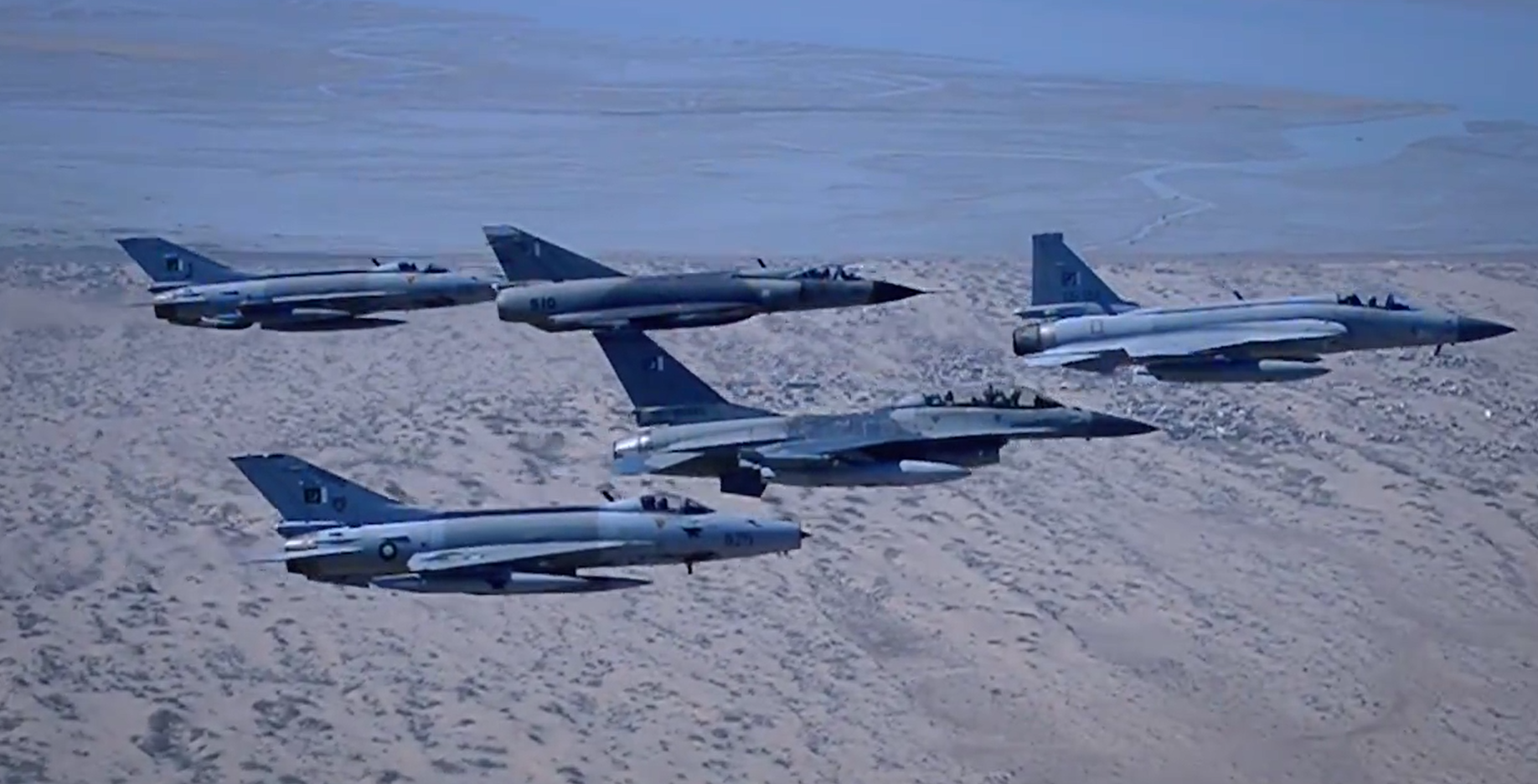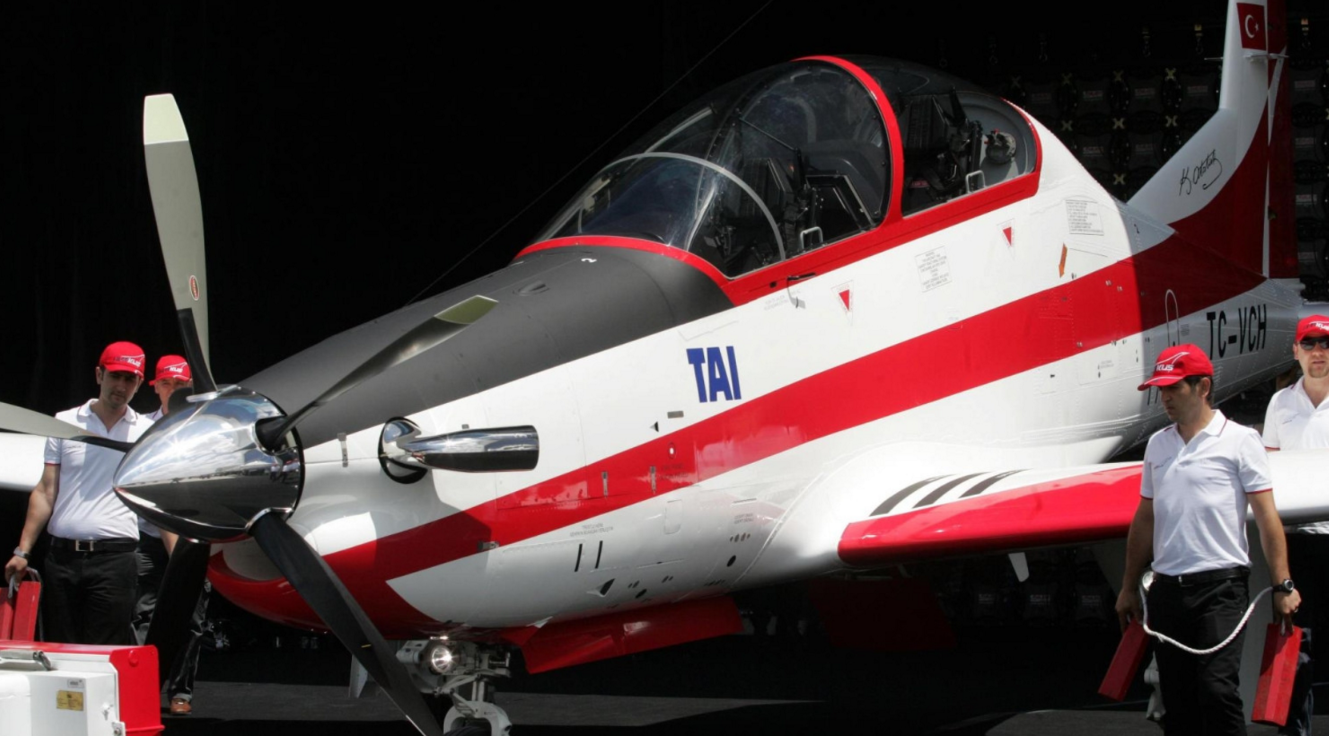2480Views 9Comments

Pakistan’s nuclear weapons program 18 years later
On 28 May 1998, Pakistan conducted five simultaneous underground nuclear tests in Baluchistan. This test, designated Chagai-I, was followed up with another two days later, Chagai-II. From that day, Pakistan became the world’s seventh nuclear weapons power, and since then, it has had an interesting journey developing and defending its program.
This is not a topic that we can properly cover in one article. There are many different aspects to consider; from the nuclear technology itself to the delivery mechanisms employed (and being sought), to the geo-political concerns and realities surrounding that program. This piece will try to offer a general overview, a primer or simple backgrounder on what to think about Pakistan’s nuclear program in terms of how it has developed and where it could go in the coming years. We will take on an intensive research approach in later articles, but for the sake of instigating thought and discussion, we will keep things general today.
Immediately following the detonations, Pakistan incurred another round of severe sanctions. There were sanctions in place before, particularly in the form of an arms-embargo from the U.S. (which initiated the infamous case of Pakistan’s F-16 program), but these tests threatened political and economic isolation as well. It would not be long before that isolation would begin to be unravelled, following 2001 the U.S. – under the leadership of George W. Bush – sought to not only lift many of the restrictions on Pakistan, but integrate it into long-term U.S. security interests (the results of which could be felt to this day).
It would seem that political isolation, particularly of Pakistani leaders, is not a policy the U.S. is going to return to in regards to any of its problems with Pakistan. Whether it be the question of the Taliban and other militant entities in the region, America’s approach is less of categorical separation (e.g. embargoes), and more of targeted attempts to tie-up issues that concern or could concern U.S. interests. This will be explored a bit towards the end of the article, especially in the context of Pakistan’s delivery methods.
In terms of delivery methods, Pakistan’s acquisitions – especially from 2000 to 2010 – were extensive. First came the introduction of short-range ballistic missiles (SRBM) such as the Ghauri-I and Shaheen-I. Although short-range (relative to other – including future – ballistic missiles), the reality that Pakistan had paired nuclear warheads to ballistic missiles was a significant step, and a sign that it was serious about its nuclear program. From the mid-2000s, medium-range ballistic missiles (MRBM) such as the Shaheen-II were inducted; Pakistan’s aim was to envelop all of India. This was completed with the Shaheen-III.
Pakistan did not push ahead or attempt (at least openly) intermediate – much less intercontinental – ballistic programs (though rumours of such are abundant in common discourse). There is no verifiable proof of such programs considering the reality that Pakistan’s nuclear weapons program was driven by India’s introduction of such weapons, not to deter or threaten distant powers. With its SRBM and MRBM units being inducted, Pakistan then focused on advancing the qualitative aspects of its program.
The steady production of weapons-grade plutonium (via the Khushab Complex) and the miniaturization of warheads was coupled with the testing of tactical cruise missiles – the 750km range Babur and the 350km range Ra’ad. These comparatively smaller missiles enabled Pakistan to class a wide range of tactical systems – such as fighter aircraft and submarines – as potential nuclear delivery platforms. Moreover, one would assume that smaller and relatively high-yield (via tritium boosting) plutonium warheads would be produced in greater numbers, easier to distribute – and that too in a much wider delivery network encompassing conventional assets – and more difficult to track (for those with an incentive to neutralize the program). This implication pulled Pakistan back within the scope of Washington’s concerns.
As a result, Washington has in recent months been actively trying to neutralize the issue through some kind of integration requiring Pakistan to cap and/or scale-back its program. Sanctions are not on the table, but measures in the form of enticement and targeted isolation (of specific economic sectors) may be pursued. At this stage, U.S. policy thinkers are simply offering ideas, it is unclear if there is a substantive offer (or ultimatum) on the table. But nonetheless, this issue will likely generate more momentum in the next several years, especially as Pakistan begins to construct the naval leg of its deterrence umbrella.
The political aspect is in part tied to Pakistan’s success in securing new – and more flexible – delivery platforms. For example, had the nuclear weapons program remained static, i.e. dependent on the use of a relatively few large warheads with SRBM and MRBM that are not as easy to move around, then perhaps the U.S. may not have had too much of a concern (at least in the short-term). But the rise of a continuously developing system, one involving a high number of smaller warheads alongside nuclear-tipped rockets (i.e. Nasr) and cruise missiles that could be launched from a variety of platforms, means for a more difficult challenge. It is for this reason that Pressler-era political pressure will likely return.



9 Comments
by Usman Farooq
Pakistan must build on its arsenal quickly and effectively. US is in no position to influence Pakistan’s decisions. After all it is directly involved in helping india with its nuclear programme. So Pakistan must not even think about any pressure and keep acquiring the milestones. Along side we may need a good missile shield platform before it’s too late.
by MT
How is us helping india nuclear programme.
On the contrary pak nuke program has been built on smuggling ,stealing urenco centrifuge design while buying technology from china which are clear violation of all norms. Entity a missile tech is imported frm korea and cheen.pak has been caught proliferating nuke technology to many countries
by AhmAd IbrAhim
Best thing is to focus on tactical and smart nuclear weapons instead of using funds on ICBM program.
Pakistan is focussed on Babur & Raad also insider to increase its range , speed and payload.
An enhanced range Babur N will be introduced in upcoming S20 submarines & a smart version of Raad will be integrated on Jf17 soon.
NASR will remain here. And we should state phasing out liquid fuel Ballistic Missiles (Ghauri) & instead focus on enhancing Solid fuel Ballistic Missiles (Shaheen) ………
by Salman Khan
I’ve heard that a neutron bomb is employed on the Nasr missile. Is this true?
by asadkhattak
I am not an authority on such complex issues, but as a lay man which has a little knowledge of arms twisting by USA. In the present scenario we have made our self dependent on USA in every aspect of our life. Our leader have no balls at all to face any eventuality because they have invested heavily abroad. They have no interest left in Pakistan except to rule it and milk it. Gone are the days when we have leaders like Z.A Bhuto and Zia UL Haq, now we are ruled by cowards and incompetent persons who love to purchase loyalties and ignore the competance. The only institution left is Army and the whole world is trying to dismantle it. God for bid, if stooges sitting on top in the garb of democracy succeeded, that will be last days of Pakistan.
by Salman Khan
Zia ul Haq had halted the nuclear program, according to AQ Khan.
by middleway1
And ZA Bhutto destroyed the industrial base of Pakistan by nationalization. Yes, the credit goes to him for the nuclear program, but practically nothing else.
by middleway1
As I said in a previous post, Pakistan did what it had to do in order to acquire nuclear weapons because of severe international restrictions on acquiring nuclear technology. India, on the other hand had no such restrictions. What really burns you is the fact that we got them in spite of all the efforts to the contrary. Too bad for you.
by Talha Ahmed Moin
I’d say this.
Halt the ballistic missile program, and turn it for development of a space rocket for indigenous space program development, work more on hyper sonic cruise missiles and the capability to launch them from ships and submarines.